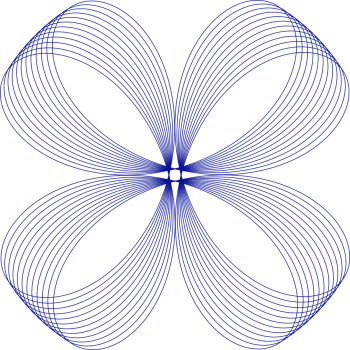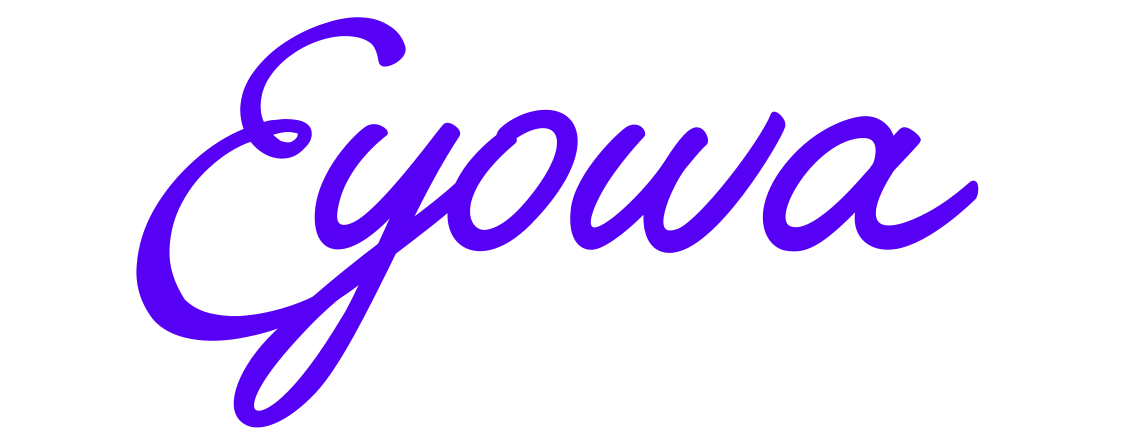
yoga & breath
In the ancient Indian tradition, yoga teaches a way of life, rather than a set of body poses and breathing practices. Originally there are eight branches of yoga, and the asanas and pranayama represent two of them. Together they offer guidelines for living a purposeful life. They invite us to transcend our ego-self and acknowledge our spiritual nature. In Western society, yoga has often been taken out of that context and transformed into a workout hype that promises the perfect yoga body. With this approach, none of the yoga-styles result in deeper relaxation into self. However, with the sincere intention of reconnection to self, practicing yoga offers us a gateway into deep physical, mental and emotional surrender and relaxation. These are some famous styles of yoga:
- Hatha Yoga focuses on balancing the mind and the body. The poses are maintained for an extended time, and many stretches involve the spine and aim to let the body rest and recover.
- Yin Yoga is also a calmer style of yoga that allows the body to sink longer into the poses so the joints and connective tissue can recover. During this practice, mental-emotional aspects also get a chance to be processed.
- Kundalini yoga aims to activate the life-force energy in our spine. The practice includes more intensive poses, dynamic breathing techniques, chanting, and meditation.
- Ashtanga yoga involves a physically demanding sequence of poses. The practice starts with several sun salutations and then moves into a set series of standing and floor poses.
Pranayama breathing techniques are usually part of yoga practice, but they can also be practiced without yoga. During our daily life, we tend to breathe unconsciously. As a result, our breath is often shallow and high up in the chest. This way of breathing is related to the lack of connection between our minds and our bodies. So, practicing to breathe consciously can help us reconnect with our bodies. When we regulate our breath in a specific way, we regulate the rhythm of life-force energy in our system, which assists us in achieving and maintaining optimal physical and mental health. It allows us to attain higher states of awareness. These are several main breathing practices:
- Yogic breathing invites us to inhale and exhale through our nose in long stretches, which allows more oxygen to enter our system. On the inhale, the belly is filled with air first, and then the chest rises. On the exhale, the chest is emptied first, then the belly button is pulled in to push all the air out of the belly. There is a constant but slow flow of inhaling and exhaling.
- Ocean breathing consists of breathing through the mouth with a small opening in the throat, so we hear a soft hissing sound passing through the opening, similar to the sound of the ocean. The invitation is to listen to the sound and let the breaths become longer and longer.
- Alternate nostril breathing promotes balance between the left and right hemispheres of our brain. It stimulates the parasympathetic nervous system so the body can rest and restore. With one hand in front of our nose, the thumb and one finger take turns closing one of the nostrils. We breathe slowly through the opened nostril; every time the lungs are full, we switch to the other nostril.
- Cooling breath offers a way to calm ourselves down. We inhale in a continuous, relaxed flow of inhaling through a curled tongue and exhale through the nose. During each inhale we can feel the cool air entering our system, and on the exhale we can visualize the heat leaving our body.
- Fire breathing stimulates the system, warms us up, and activates our organs. Because it results in heightened levels of oxygen in the body, it’s possible to feel dizzy during this process, so it’s important to monitor our own limits. The inhale is calm and on the exhale, we contract our belly muscles and pull the belly button inward, pushing the air out quickly. By releasing the muscles, the inhale follows automatically. The breaths follow each other rapidly in cycles, alternated with a calming cycle of some normal breaths.
Another ancient tradition that combines breathing, meditation, and movement, was created in China. It is called Qigong and assists us in cultivating and mastering our life-force energy. This energy practice consists of simple movement series that are done standing up and invites us to become aware of the energy that lives and moves in our bodies. It is essentially a form of meditation in motion. A more complex ‘younger brother’ of this ancient style, which has its roots in martial arts, is Tai Chi. Tai Chi movements aim to bring us into a state of deep relaxation. It takes significantly longer to learn the movements of Tai Chi styles than it does to learn the movements of Qigong.
Ideally, we find our own unique combination of practices that feels good, relaxing, and joyful. This self-created practice combines focused movement and stretching, deep and slow breathing, and our personal way of meditation. We would commit to practicing on a daily basis, and over time, our meditative and embodied state would become our new reality that is maintained during our activities and interactions throughout the day. To create our unique combination, we could try educating ourselves with information found online. However, then we miss out on the feedback from a teacher.
Signing up for weekly classes for one or more practices for a few months can get us started. Most classes offer a free try-out, so it can be nice to shop around a little and find a practice but also a suitable teacher. The benefit of finding this in our local area is, that it offers a chance to meet like-minded friends that we can stay in touch with after the course is finished. Another option is to dive into the deep and participate in a one-week of multiple week retreat of one of the practices. This is the ultimate practice of being our own priority, to make the investment and immerse ourselves in mastering the practice during a retreat. Taking it even a step further is to do a teacher-training, which prepares us to start teaching the practice to others. It’s important to thoroughly research where the certificates and diplomas are officially recognized, as this differs per training and affects the costs. Finding a retreat that matches is made easy by BookRetreats.
